In modern society, with the improvement of the quality of life and the strengthening of health consciousness, the quality of drinking water has become a focus of attention. Water dispenser as an important home appliance to provide convenient, clean drinking water, its purchase becomes particularly important. This article will guide you in detail on how to buy a water dispenser suitable for home or office use, to ensure that you and your family enjoy both safe and healthy drinking water experience.
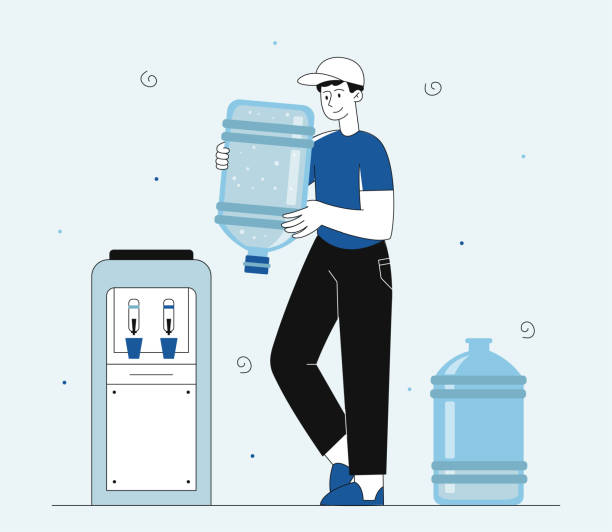
01 Clear needs and occasions
Before choosing a water dispenser, the first thing to do is to clarify the use of occasions and specific needs. Home users may pay more attention to the capacity of the water dispenser, energy saving and whether it is easy for children to use; while office users may pay more attention to the speed of water supply, durability and whether the water dispenser is equipped with refrigeration function. In addition, for users with special water quality requirements, such as hard water areas, should consider purchasing water dispensers with filtration.
02 Understanding the types of water dispensers
There are a wide variety of water dispensers on the market, mainly including the following types:
Traditional hot water kettle type water dispenser: suitable for environments where water needs to be boiled frequently, but usually does not have filtration function. Vertical hot and cold water dispensers: provide hot and cold water, some models have built-in filtration systems, suitable for home and office use. Wall-mounted water dispenser: space-saving, suitable for environments with limited space, such as small offices or kitchens. Desktop Water Dispenser: Compact size, suitable for personal use or small office. Direct Water Dispenser: Directly connected to the mains water supply with filtration and disinfection functions, providing instant purified drinking water.
03Focus on filtration technology
For water dispensers with built-in filtration systems, filtration technology is a key factor in determining water quality. Common filtration technologies include activated carbon filtration, ultrafiltration (UF), nanofiltration (NF) and reverse osmosis (RO) filtration.
Activated carbon filtration: it can effectively remove residual chlorine and odor from water and improve the taste of water. Ultra-filtration (UF): removes suspended solids, some bacteria and some large organic molecules in the water, suitable for areas with good water quality. Nanofiltration (NF): Between ultrafiltration and reverse osmosis, it can remove bacteria, viruses, some heavy metals and some small molecules of organic matter in the water, providing purer water quality. Reverse osmosis (RO) filtration: can remove bacteria, viruses, heavy metals, pesticide residues and other harmful substances in water, providing the highest level of water purification. Users should choose the appropriate filtration technology according to the local water quality.
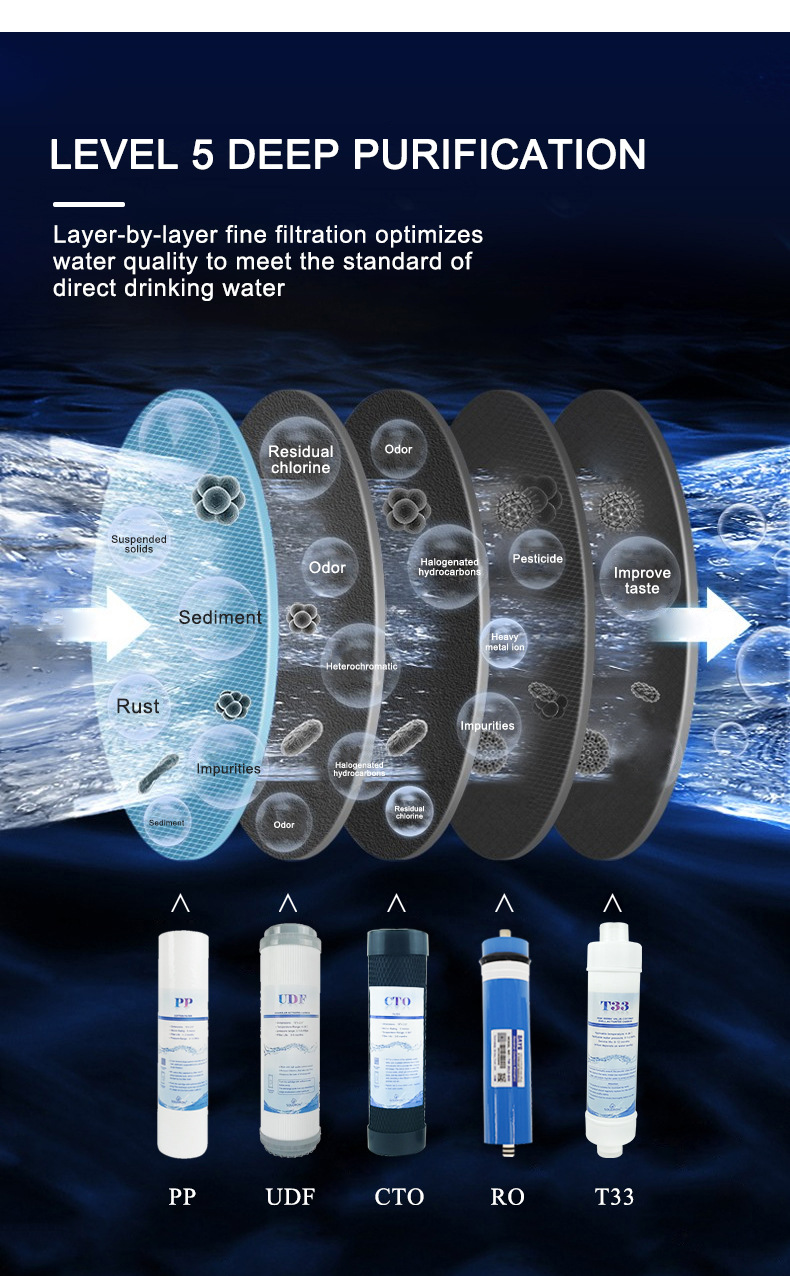
04Consider energy efficiency and safety
Water dispensers with high energy efficiency can save electricity costs and are also more environmentally friendly. Checking the energy efficiency rating and annual power consumption of the water dispenser is a good way to assess energy efficiency. Safety is also an important factor to consider when shopping, especially for families with small children. Make sure the water dispenser has safety features such as anti-dry burn protection and leakage protection to prevent accidents
05Brand and after-sales service
Choosing a water dispenser of a well-known brand usually offers more reliable quality assurance and better after-sales service. Before purchasing, you can check user reviews through the Internet to understand the reputation and service quality of different brands. It is also important to confirm the warranty period and maintenance service content of the product.
06Budget and cost-effective
Choose a cost-effective water dispenser according to your personal budget. Price is not always the only factor that determines quality, and sometimes a moderately priced product can fulfill most needs. Compare the features, performance and price of different brands and models to find the best water dispenser for your needs.
To summarize, shopping for a water dispenser is a process that involves many considerations.
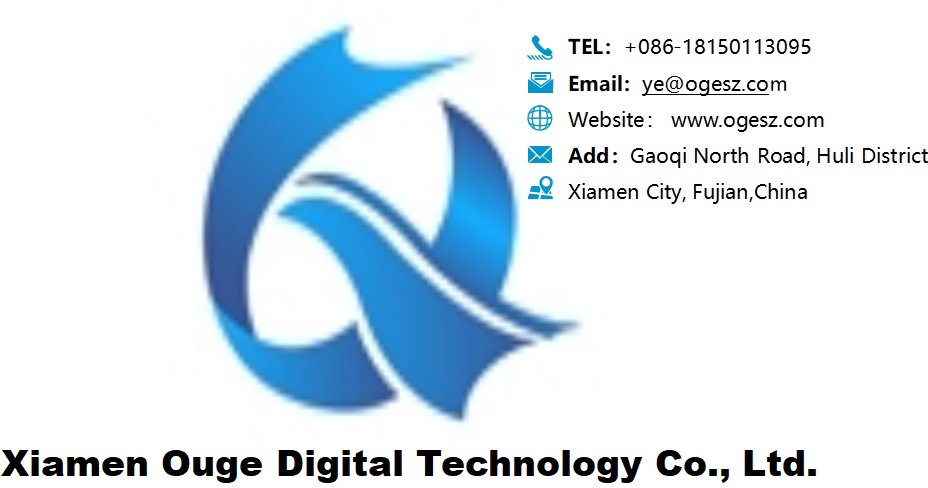



 Application of Reverse Osmosis Technology in Industrial Ultrapure Water Production
Application of Reverse Osmosis Technology in Industrial Ultrapure Water Production
 Small Industrial RO Systems Keep Breaking Down? 5 Common Failures + Solutions to Streamline Maintenance
Small Industrial RO Systems Keep Breaking Down? 5 Common Failures + Solutions to Streamline Maintenance
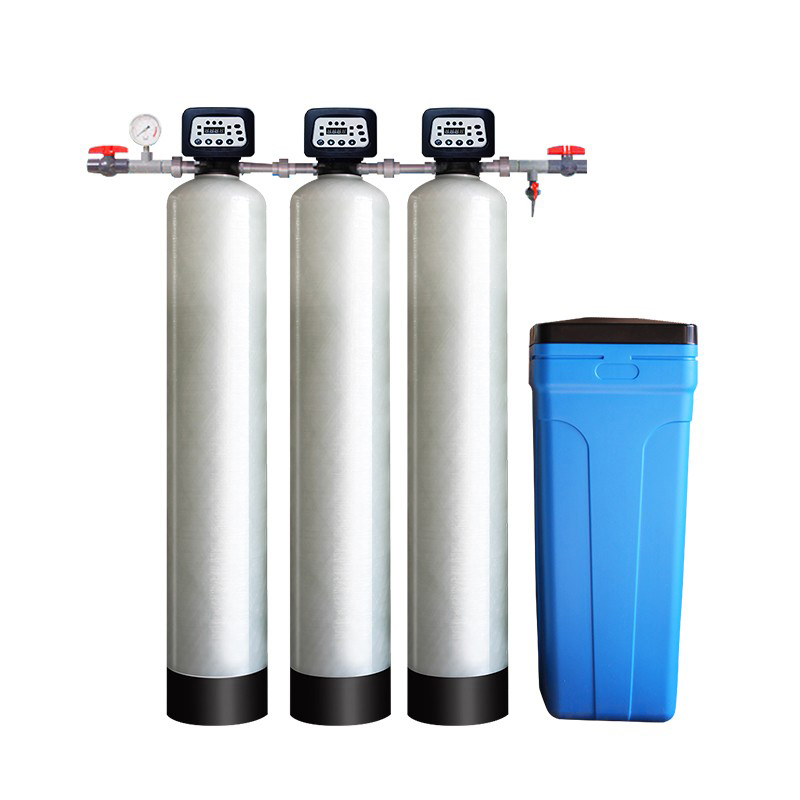 Knowledge Summary on Water Softening and Water Softening Equipment
Knowledge Summary on Water Softening and Water Softening Equipment
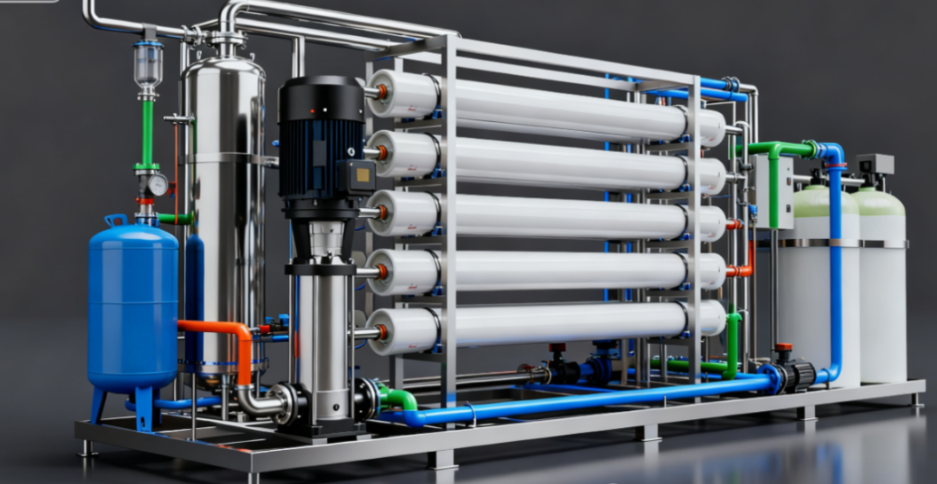 From Turbid to Clear: The Working Secrets of Reverse Osmosis Systems
From Turbid to Clear: The Working Secrets of Reverse Osmosis Systems